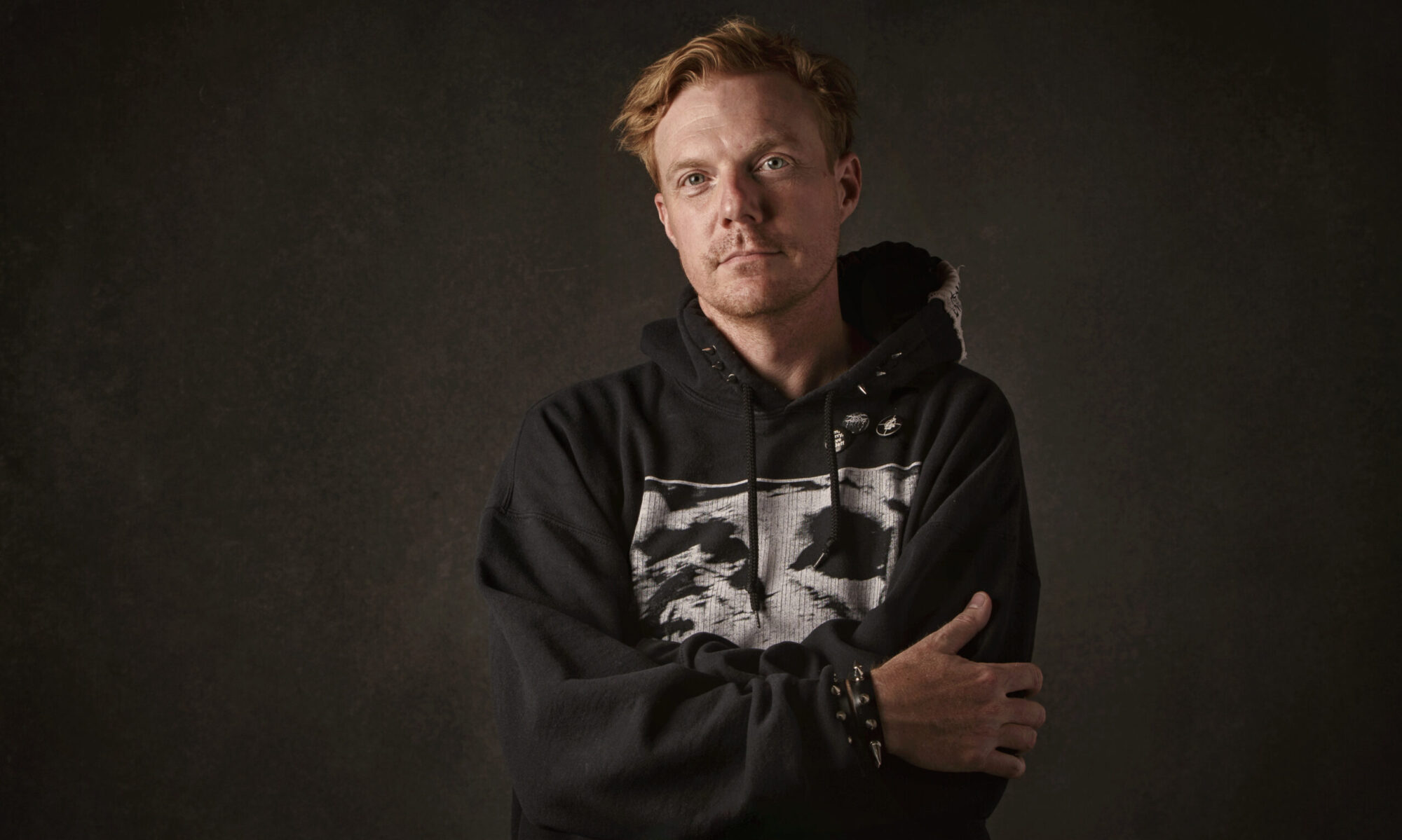Managing the concept of time is never easy. Tangling with the temporal in an institution is a complex issue among many complex issues. Institutions use narratives to remember, and, as Charlotte Linde (2009) writes, “to work and rework, present and represent the past for the purposes of the present and the projection of the future” (p. 3). In what Stock (1983) calls a “textual community,” people in an institution or community determine which narrative texts are relevant for reference and which resonate with the shared beliefs of that institution or community. Members use references to the same narratives.
In a recent post on her website, futurist Emily Empel brought up the problem of communicating across boundaries between communities of practice. In this case, communication between business institutions and futures studies. Brand recognition is as much of an issue in this environment as it is anywhere else, hence Empel’s concern. “We are a cult where the code words are scenario, uncertainty, and emerging issues,” she writes. “Our clients speak revenue, profit, and predictability. Business and futures need to develop a common language in which advanced foresight becomes an integral and actionable piece of the strategy puzzle.”

A boundary is not that at which something stops but, as the Greeks recognized, the boundary is that from which something begins its presencing. — Martin Heidegger
Business interests and futures studies represent what Etienne Wenger (1999) calls “communities of practice.” These are communities of workers united by a similar goals, practices, and vocabularies. To the social scientist, the differences in these vocabularies are analogous to Kaplan’s (1998) “logic-in-use” and “reconstructed logic,” where the former is the native language of a community, and the latter is the language it uses to explain its work to those outside the community. Participation and reification of the practices of a community unite them, but also distinguish them from others and from the outside world in general. Their distinguishing features create boundaries.
Peripheries emphasize similarity and boundaries emphasize difference (Wenger, 1999). Where boundaries exist, as they obviously do between businesses and foresight work, we need to create peripheries. As posited by Star and Griesemer (1989), boundary objects aid this effort by translating differences between communities of practice. Boundary objects cab be “artifacts, documents, terms, concepts, and other forms of reification around which communities of practice can organize their interconnections” (p. 105). Star (1989) outlined a set of criteria for such objects as follows (the brief descriptions are my own):
1. Modularity: Something for everyone.
2. Abstraction: Limits information to what is useful.
3. Accommodation: Maintains usefulness for all.
4. Standardization: No surprises.
“When a boundary object serves multiple constituencies,” Wenger writes, “each only has partial control over the interpretation of the object” (p. 108). For instance, in typical scenario planning, parties in dispute can stay in dispute as they try to work out a future solution. As Stewart Brand (1999) puts it, they can “continue to disagree about the past and present (since such a scenario can represent a different version of what happened in the past) and at the same time allows them to agree about what possible futures they face together, and which of these might be most desirable for all” (p. 118). Communities in dispute are the extreme case, but we are currently surrounded by the extreme case. Our world is all edges and no middle ground.
Scenario planning is still one of the most versatile tools in use and can help businesses manage and temper the temporal. As Bruce Sterling (2002) put it, “a good scenario will slice through layers of time like a cake knife” (p. 217). Good scenarios are not predictive or probable, rather they are explorations of possibilities — plural. Brand (1999) concludes, “We don’t know what’s coming. We do know we’re in it together” (p.123).
References:
Brand, Stewart. (1999). The Clock of the Long Now: Time and Responsibility. New York: Basic Books.
Heidegger, Martin. (1994). Poetry, Language, Thought. New York: Harper & Row.
Kaplan, Abraham. (1998). The Conduct of Inquiry: Methodology for Behavioral Science. Piscataway, NJ: Transaction Publishers.
Linde, Charlotte (2009). Working the Past: Narrative and Institutional Memory. New York: Oxford University Press.
Star, Susan Leigh (1989). The Structure of Ill-structured Solutions: Boundary Objects and Heterogenous Distributed Problem Solving. Working paper, Department of Information and Computer Science, University of California, Irvine.
Star, Susan Leigh & Griesemer, James R. (1989). Institutional Ecology, ‘Translations’ and Boundary Objects: Amateurs and Professionals in Berkeley’s Museum of Vertebrate Zoology, 1907-39. Social Studies of Science, 19: 387.
Sterling, Bruce. (2002). Tomorrow Now: Envisioning the next Fifty Years. New York: Random House.
Stock, B. (1983). The Implications of Literacy: Written Language and Models of Interpretation in the Eleventh and Twelfth Centuries. Princeton, NJ: Princeton University Press.
Wenger, Etienne. (1999). Communities of Practice: Learning, Meaning, and Identity. New York: Cambridge University Press.
——————
Special thanks to Kathleen Tyner, Emily Empel, Frank Spencer, Scott Smith, Stuart Candy, Jamais Cascio, Stewart Brand, Bruce Sterling, and my other friends in futures who’ve taught me so much.

